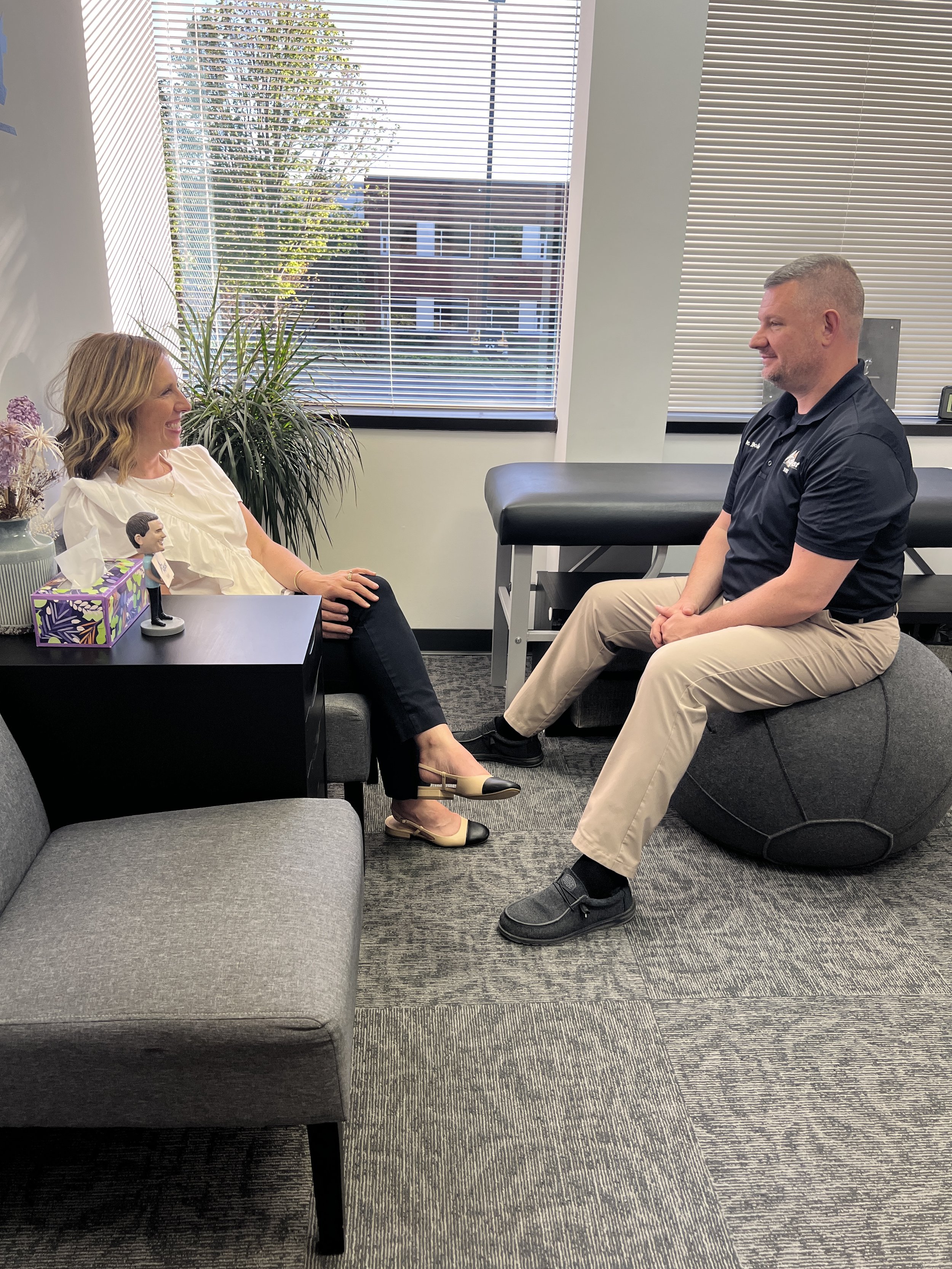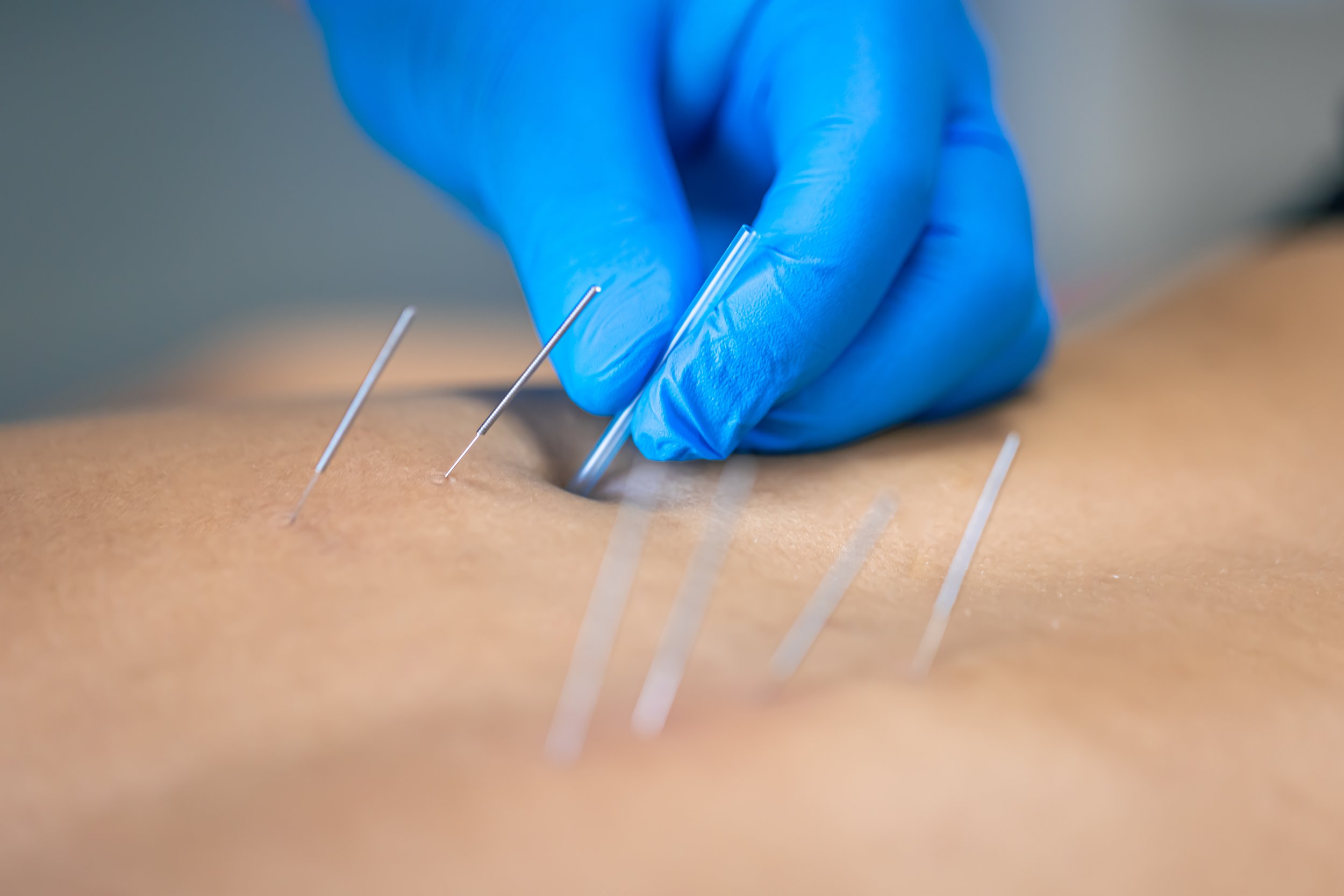
Caring for you
Our fees are structured with a patient-first mentality. That means we have not created a billing structure that is dependent upon insurance and the recommendations of insurance companies. Rather, we have established flat fees and pre-pay options that allow our patients and our team to work together in a way that honors the health and happiness needs of the patient.
We can help patients who wish to bill insurance, it is much more straightforward than most people realize and our front office staff can walk you through that process! Give us a call at (540)225-2321 for this assistance.
We can also bill Medicare.
Everything we do at Adjust NRV is with a goal of getting you back to doing what you love. Our fee structure and approach to billing is one more extension of that mission.
Initial Exam: $50
The initial examination includes a one on one history with the doctor. The staff and doctor will check your vitals, posture and balance as well as a specific orthopedic, neurologic and chiropractic examination. The doctor will then relay their initial impression and if appropriate will start care on the same day.
Wellness Visit: $44 (pre-scheduled)
After a patient's initial plan of care to help bring relief, an individual can elect to continue into supportive care designed to maximize the healing potential. These individuals are considered practice members and pay a slightly reduced fee.
Chiropractic Adjustment: $46
A specific and purposeful force delivered with compassion in order to achieve a desired and predicted healing moment.
Adjustment with Dry Needling: $66
Adjustment with Graston: $66
Graston Session: $46
A soft tissue technique specifically applied to muscles with trigger points and increased tone. The Graston helps to create a localized increase in blood flow as well as an inflammatory response to aid in the healing process.
Flexion-Distraction: $20
A specific chiropractic technique applied to either the neck or the low back that decreases pressure around the intervertebral disc. The technique has been shown to reduce the effects of bulging or herniated discs.
Kinesio Tape: $20
Our office utilizes Rock Tape and it is applied to an active or acute injury that helps alleviate swelling and decreases pain. During the taping session, we will show you how to continue the practice on your own so that fewer applications are done in the office.
Muscle Stimulation: $20
This involves sending electrical impulses through the skin. This stimulation may provide benefits, such as helping repair tissue and strengthening the muscles.
Dry Needling: $46
This adjunct therapy stimulates the body's natural healing potential by causing a microtrauma to the tissue. While similar to Acupuncture, Dry Needling is distinctively different. The same type of needle is used in both applications and are one time use needles.
FAQs
-
There are many similarities between physical therapists and chiropractors but also important differences that people should be aware of.
Let’s start with the many similarities between physical therapists and chiropractors. As a profession, both Doctors of Chiropractic and Doctors of Physical Therapy strive to improve the quality of life of the respective patients. Both do so by affecting the nerves, muscles, joints and supporting tissues of the body. Additionally, collaboration with a patient's established health care team is an approach that both professions take, in order to create desired outcomes. Another important thing to note is that both professions seek non-pharmaceutical and non-surgical approaches.
When it comes to training and education, Chiropractors and Physical Therapists have extensively studied the human body and the various different ways in which the body can break down and experience problems. With their collective knowledge, and a variety of therapy options, Chiropractors and Physical therapists are able to support great patient outcomes. From therapies like dry needling and taping techniques to traction and soft tissue mobilization techniques, there are great options that both professions implement.
With so many clear similarities it may leave you wondering if there really is a difference after all? There is! Chiropractors will primarily use the Chiropractic Adjustment as a means to correct a patient's presenting problem while a Physical Therapist will turn to primarily exercises.
In my personal wellness journey, I have used both Chiropractors and Physical Therapists to guide my well-being. While this is a very broad generalization, I think it is safe to say that there are far more similarities than differences.
-
As you consider who you will be partnering with for your health journey, it is wise to consider what makes that person the best choice for your needs. When considering chiropractic care, there are a range of qualities and skills that distinguish a good Chiropractor apart from a less effective one.
Expertise and Knowledge: A good Chiropractor has a solid understanding of anatomy, physiology, biomechanics, and rehabilitation techniques. They stay updated with the latest research and developments in their field.
Communication Skills: Effective communication is crucial for a Chiropractor to understand their patients' needs, explain treatment plans, and motivate them to adhere to a plan of care.
Empathy and Compassion: Empathizing with their patients' struggles and tailoring care plans to meet their individual needs is the mark of a great chiropractor As they do so, they create a supportive environment that fosters trust and collaboration. Most importantly, it helps drive great outcomes for patients!
Clinical Reasoning: A good Chiropractor can assess a patient's condition accurately, identify underlying issues, and develop evidence-based treatment plans that address the root cause of the problem.
Hands-On Skills: Chiropractors take a specific approach in their ability in delivering a Chiropractic Adjustment. It is one of the three most important aspects of their training. It is referred to as the “Art” of our practice.
Adaptability: Every patient is unique, and their response to treatment may vary. A good Chiropractor can adapt their approach based on the patient's progress, changing needs, and any unforeseen challenges. Flexibility matters!
Motivational Skills: Consistent effort and perseverance from the patient is needed to get the relief and quality of life that is desired. A good Chiropractor motivates their patients to stay committed to their plan of care, encouraging them to overcome obstacles and reach their goals. When working with a good chiropractor it should feel like a team effort!
On the other hand, a bad chiropractor may lack some or all of these qualities. They might demonstrate poor communication, lack empathy, provide outdated or ineffective treatments, fail to adapt their approach, or even exhibit unprofessional behavior. Such therapists may not only be ineffective in helping their patients but could also potentially cause harm or exacerbate existing conditions.
When it comes to determining the best Chiropractor for your needs, consider the experiences of others. Ask around and determine who you know that has worked with a particular Chiropractor. Check them out on social media and see the type of content they are sharing and how they are interacting with their patients. Do a little bit of digging and research to make sure you are not settling for a mediocre Chiropractor but that you are truly partnering with a great one who will help you live your best life!
-
Recently I was presenting to a class at Radford University and this question came up from the group. After 19 years in the profession, I feel confident that this is a deeply personal response, but here it is.
Everyday, I work to build a world in which the vast majority of us wake up inspired for better health. That’s my creed, that’s my mantra, that’s my just cause. It has taken me years to not only personalize this but to put it into words. Truthfully, I had a lot of help from my favorite author, Simon Sinek. So what’s so tough about this, well, a lot of people don’t prioritize their health. And that is their journey. But everyday, I see the limits that people put on themselves from achieving tremendous improvements. Everyday, I see people who opt for a quick fix and a temporary pain relief. And this is a tough reality. But why is it so tough? Well, because everyday I get to experience people doing the exact opposite, living their passion. I see 71 year olds doing triathlons. I see 14 year olds getting back on the court after a “season-ending” injury. I see couch potatoes motivated to do a 5k. This goes on. Truthfully, the miracles that I see everyday inspire me to love this profession. Knowing that I am but a small part of the healing process, but sometimes it is the critical part.
I bet you thought I was going to say something about the stereotype of being a chiropractor or “not being a real doctor” or lack of acceptance by the medical community. Nope, nope and nope. After 19 years in this profession, I can attest that those things don’t even register with me. I know that some people will opt for a pill over an adjustment. I get it. I know that some doctors don’t agree with the philosophy of chiropractic which is to awaken a person’s inborn or innate healing potential. I know that there are lots of stereotypes about my profession, but I have seen too much to be bothered by someone else’s opinion.
-
The popping noise often heard during a chiropractic adjustment is called cavitation. It occurs when there is a sudden release of gas bubbles within the synovial fluid that lubricates the joints. When a chiropractor applies a constructive force to a joint during an adjustment, it can cause a temporary decrease in pressure within the joint, which allows nitrogen gas bubbles to rapidly expand, creating the popping sound. This release of gas is usually accompanied by a sensation of relief and an increased mobility in the joint. While the popping noise may be a cool side effect, it is typically not associated with any pain or harm to the joint. Normal cavitation occurs throughout our joints naturally with movements. So it is safe for the joint to do so. Here is a really cool MRI that captured the gas expansion.
see the example video posted below the FAQ’s
-
Initial Consultation:
The chiropractic exam involves a thorough assessment of your symptoms, medical history, and physical examination to determine the underlying cause of your pain or discomfort.Questions:
Our doctors will ask about your symptoms, when they started, and how often you feel pain to understand your condition.Physical Exam:
Our doctors will perform physical tests to assess your spinal alignment, range of motion, and any other relevant areas.
-
Purpose:
A chiropractic adjustment is a specific and purposeful force delivered with compassion in order to achieve a desired and predicted healing moment.Technique:
Chiropractors use their hands or instruments to apply controlled forces to the joints, often with a "click" or "pop" soundPain:
While some people experience a slight discomfort during the adjustment, most find it painless and even relaxing.
-
Chiropractic adjustments are a manual procedure that utilizes the highly refined skills developed during the doctor of chiropractic’s intensive years of chiropractic education. The chiropractic physician typically uses his or her hands or an instrument to adjust the joints of the body, particularly the spine, in order to restore or enhance joint function. This often helps resolve joint inflammation and reduces the patient’s pain. Chiropractic adjustments are a highly controlled procedure that rarely causes discomfort. The chiropractor adapts the procedure to meet the specific needs of each patient. Patients often note positive changes in their symptoms immediately following treatment.
-
Doctors of Chiropractic (DCs) care for patients of all ages, with a variety of health conditions. They are especially well known for their expertise in caring for patients with back pain, neck pain and headaches using their highly skilled chiropractic adjustments. DCs also care for patients with a wide range of injuries and disorders of the musculoskeletal system, which includes the muscles, ligaments and joints. These painful conditions may involve or impact the nervous system, which can cause referred pain and dysfunction distant to the region of injury. In addition, chiropractors offer advice to patients on diet, nutrition, exercise, healthy habits, and occupational and lifestyle modification.
-
The hands-on nature of the chiropractic treatment is essentially what requires patients to visit the chiropractor a number of times. To be treated by a chiropractor, a patient needs to be in his or her office. In contrast, a course of treatment from medical doctors often involves a pre-established plan that is conducted at home (i.e. taking a course of antibiotics once a day for a couple of weeks). A chiropractor may provide acute, chronic, and/or preventive care thus making a certain number of visits sometimes necessary. Your doctor of chiropractic should tell you the extent of treatment recommended and how long you can expect it to last.
-
Doctors of chiropracticare educated as primary-contact healthcare providers, with an emphasis on diagnosis and treatment of conditions related to the musculoskeletal system (the muscles, ligaments and joints of the spine and extremities) and the nerves that supply them. Educational requirements for doctors of chiropractic are among the most stringent of any of the healthcare professions. The typical applicant for chiropractic college has already acquired nearly four years of pre-medical undergraduate college education, including courses in biology, inorganic and organic chemistry, physics, psychology and related lab work.
Once accepted into an accredited chiropractic college, the requirements become even more demanding — four to five academic years of professional study are the standard. Doctors of chiropractic are educated in orthopedics, neurology, physiology, human anatomy, clinical diagnosis including laboratory procedures, diagnostic imaging, exercise, nutrition rehabilitation and more. Because chiropractic care includes highly skilled manipulation and adjusting techniques, a significant portion of time is spent in clinical technique training to master these important manipulative procedures. In total, the chiropractic college curriculum includes a minimum of 4,200 hours of classroom, laboratory and clinical experience. The course of study is approved by the Council on Chiropractic Education, an accrediting agency that is recognized by the U.S. Department of Education.
Question #4 Video Example







